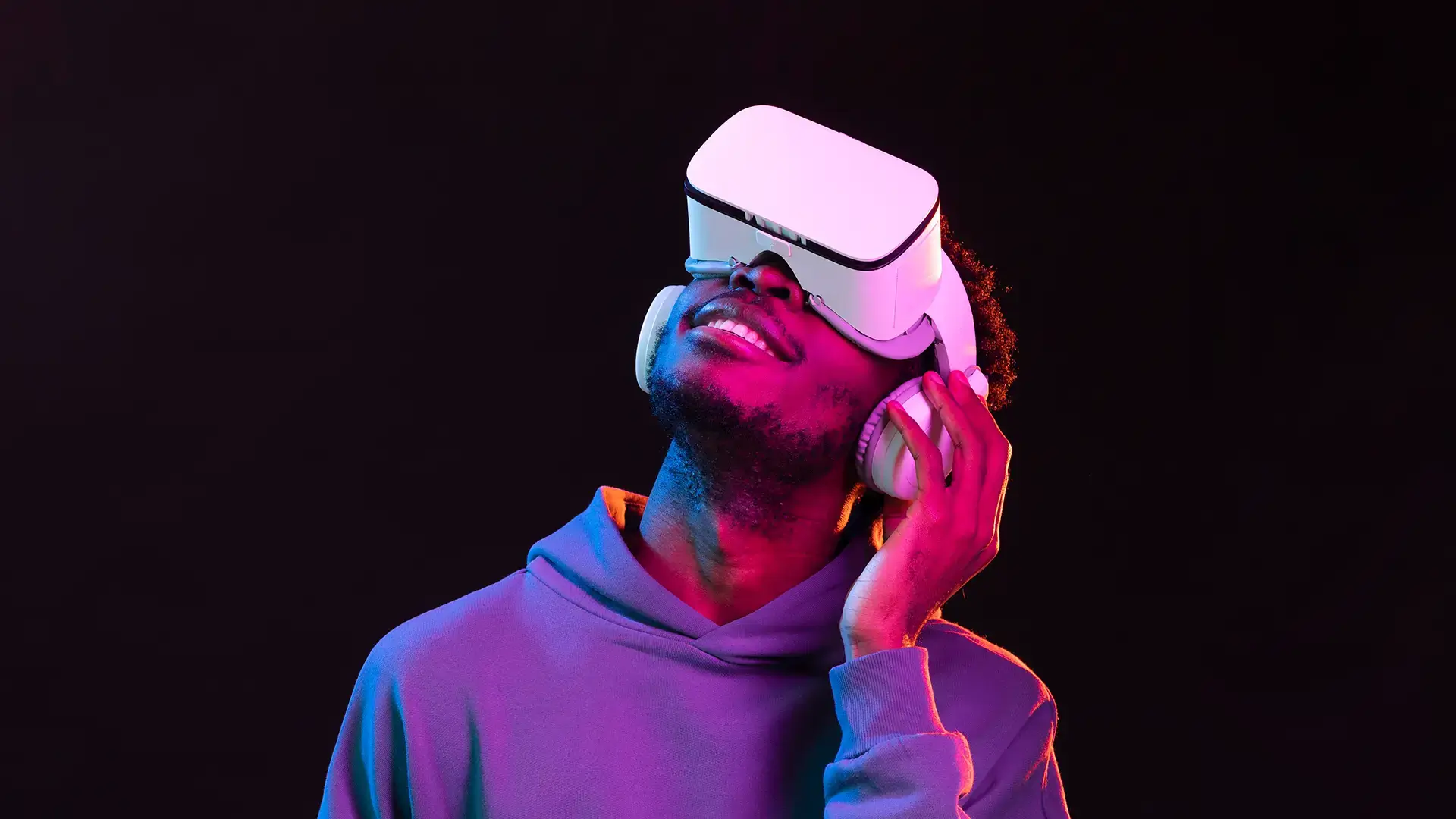Augmented Reality, Virtual Reality and the differences between them
Augmented Reality (AR) and Virtual Reality (VR) are two terms that are increasingly used in discussions about all things digital, and often used interchangeably.
At their core, AR and VR are both about adding to and intensifying our experience of reality. But, while VR seeks to replace our reality with a simulated version, AR seeks to enhance our existing reality with digital information.
What is Augmented Reality (AR)?
Delving a little deeper into the detail now, AR is a technology that superimposes digital information onto the physical world. This is done by using a camera, or other sensors, to capture your environment, and then overlaying digital information on top of it. This can be done through a smartphone app or a pair of smart glasses.
The goal of AR is to enhance your experience of the real world by adding relevant digital information. This could include anything from simple text or graphics, to complex 3D models or animations.
One example of AR in action is Pokémon Go, which overlays digital Pokémon onto the real world using a smartphone’s camera.
What is Virtual Reality (VR)?
Meanwhile VR goes a step further essentially and creates a completely simulated environment for you to experience. This is done by using a headset to immerse you in a digital world that is completely separate from your surrounding physical world.
The goal of VR is to make you feel as if you really are in the simulated environment by allowing you to interact with it as if it’s real. Gaming is therefore an area VR is often used in but it’s also useful in educational and training environments by removing the separation between the classroom environment and the real world.
So, how and why could this be useful to you?
Both AR and VR are becoming more mainstream, meaning the costs are coming down, making it more practical for businesses to take advantage of. Here we set out a few ways in which you might want to apply the technology to your business. Although, it should be noted, the technology is not always accessible to everyone so be careful not to exclude any of your customers accidentally. We will be covering this in more detail in another post.
- Product tours This is particularly useful of course to those with an e-commerce business who could make use of VR to create virtual product demonstrations that allow your potential customers to interact with products in a simulated environment as they might in real life. This is particularly useful for products that are difficult to otherwise showcase, such as large machinery or complex software applications.
- Destination tours: Bring the destination to the person without them having to leave their house or place of work. In this instance both AR and VR technologies can be used to create virtual tours of physical spaces, such as museums or houses.
- Interactive shopping: AR can be used to allow people to engage with products prior to purchasing, thereby reducing waste. For example, a fashion business could use AR to create virtual try-on experiences that allow users to see what clothing items look like on them before making a purchase – far more convenient than an actual fitting room.
- Gamification: It’s more and more common to find surveys being gamified to try and encourage people to stay engaged and not close the survey before submitting. But gamification, along with AR and VR can engage users in different ways too. For example, a travel site might use VR to develop a virtual scavenger hunt that encourages people to explore different destinations before making that all important purchase.




